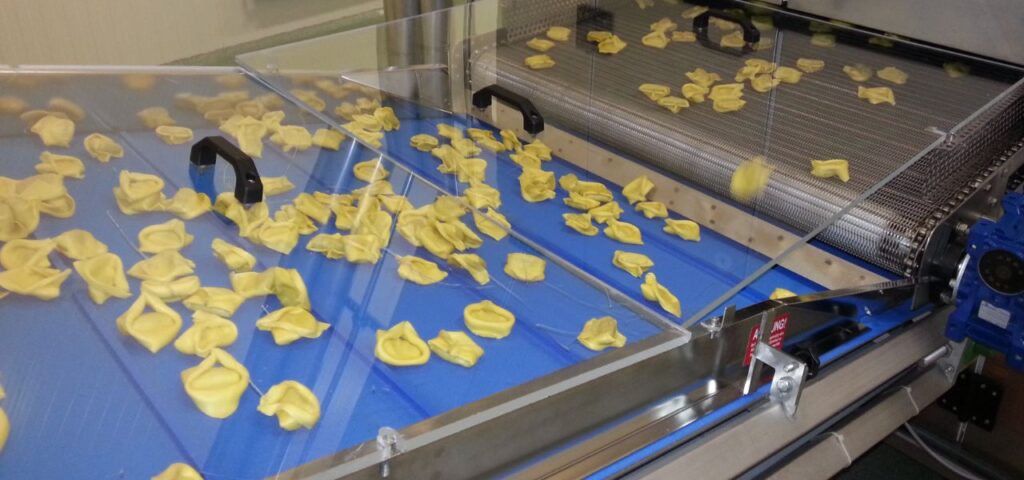
As with any other business, starting a pasta factory involves a challenging but rewarding journey. The estimated initial investment ranges from a minimum of 265,000 dollars up to a maximum of 850,000 depending on the type of pasta to be produced and the size of the company.
Here are the main costs to be expected for opening a pasta factory.
Before opening a pasta factory, you must first of all take into consideration the bureaucratic costs such as registration in the Business Register, in the Certifications Processes, the Health and Nutrition requirements and the Hygiene rules and many other requirements for the workers and the production.
To open a pasta factory it is also necessary to apply for an Employer Identification Number and register to get the Food and Drug Administration permit.
Register for taxes and apply for an EIN (Employer Identification Number)
Open a business bank account
Apply for FDA (Food and Drug Administration)
Get business insurance and and obtain necessary permits and licenses
For this reason, it is also useful to estimate any costs for an accountant or a lawyer.
Once the administrative procedure has been concluded, it is necessary to establish the place of one's business and therefore also to foresee the costs for the rent, renovation or purchase of the premises for the industrial pasta factory.
The next stage concerns the purchase of the machinery necessary for the production of pasta. The site must be equipped according to the type of pasta to be produced.
Mixers are essential for all pasta factories, as are presses and cutters. These devices mix the raw materials, extrude and shape the pasta and cut it into the desired shape.
If you want to produce pre-cooked pasta, the laboratory will also need cookers, ovens and refrigerators. For fresh pasta, on the other hand, pasteurizers are needed to eliminate pathogenic microorganisms from the products. Finally, spreaders and dryers are essential for the production of dry pasta.
To make the production process even faster and more optimized, shuttles, i.e. automatic conveyor belts for pasta, can also be added to the system.
Also not to be underestimated are the costs of services linked to periodic utilities, i.e. electricity, gas, water and electricity.
Another aspect to consider concerns the supply of raw materials such as flour and other ingredients necessary for the production of pasta.
If it is a large company, the costs for the recruitment and salary of personnel and the costs associated with marketing and communication activities to promote the business must also be taken into consideration.
Finally, to meet the different needs of your customers, it is useful to follow training and refresher courses.
As far as the use of machinery is concerned, you can contact Sarp for more information.